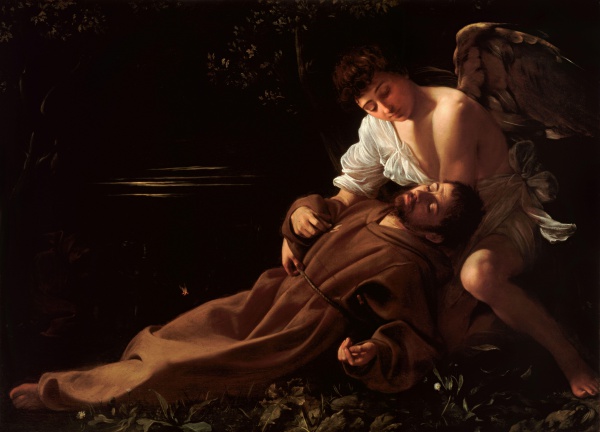Facts About Saint Francis of Assisi in Ecstasy
Caravaggio's "Saint Francis of Assisi in Ecstasy" captures the profound moment when Saint Francis receives the Stigmata, the wounds mirroring Christ's crucifixion. Painted around 1595 while Caravaggio was under the patronage of Cardinal Del Monte, this artwork stands out for its serene and intimate portrayal.
Unlike Brother Leo's dramatic recounting of the event, Caravaggio chooses to emphasize the spiritual essence. Saint Francis is depicted gently sinking into the arms of a young boy, bathed in soft light against a dark landscape. This peaceful scene contrasts sharply with the violent imagery often associated with the Stigmata.
Interestingly, Caravaggio omits traditional symbols such as the actual wounds, yet the painting still radiates a powerful spiritual aura. This unique approach was so highly appreciated that Cardinal Del Monte kept the painting until his death.
Caravaggio's interpretation marked a significant shift from earlier depictions by artists such as Giotto and Bellini, focusing more on the inner experience of Saint Francis rather than the external drama.

 Mexico
Mexico